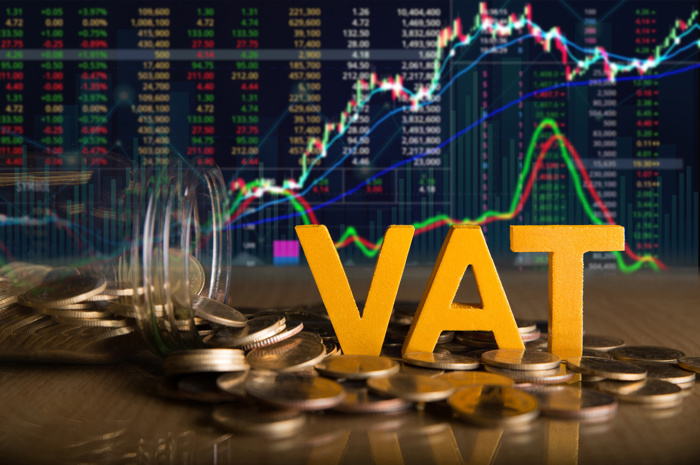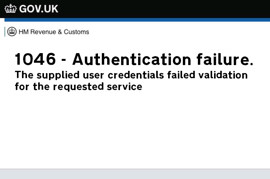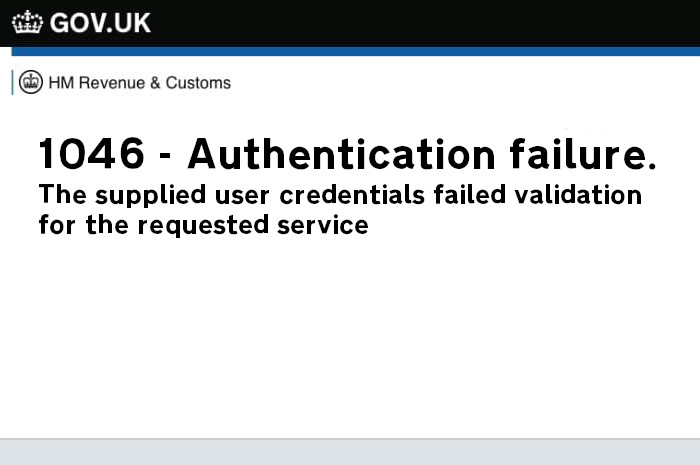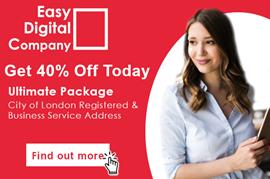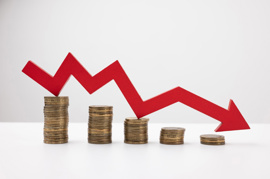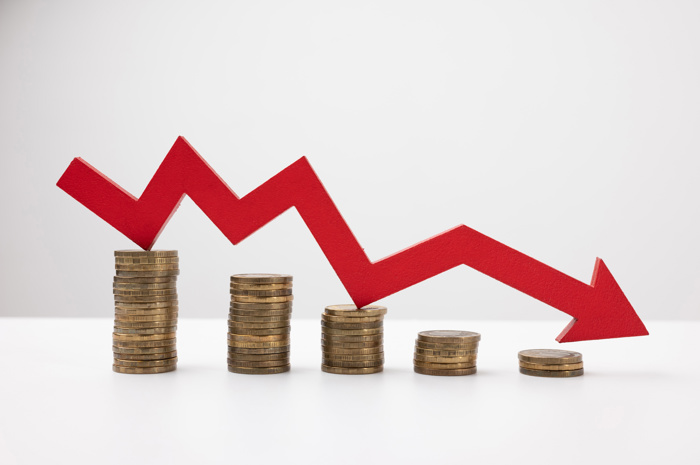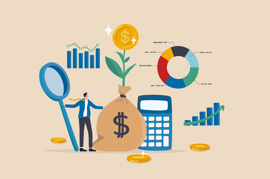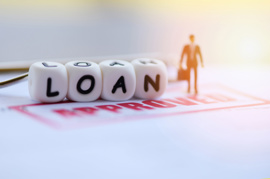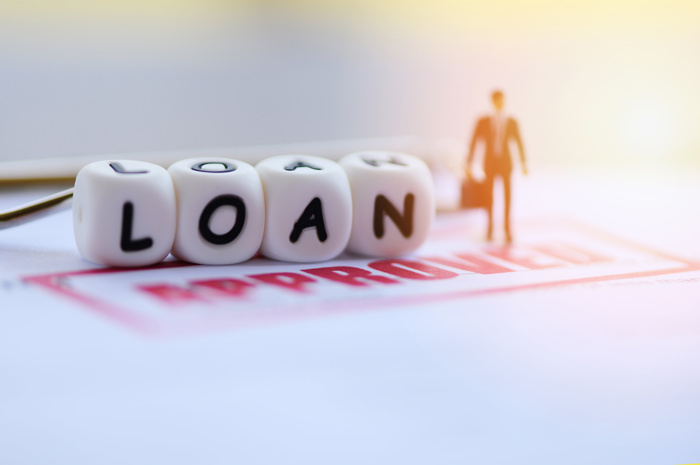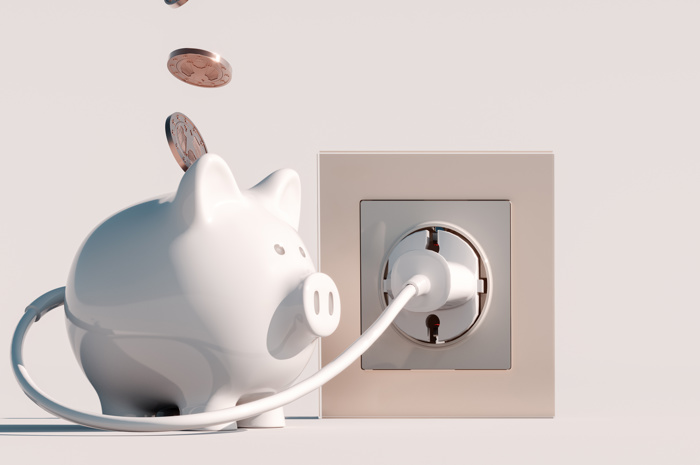Value Assed Tax (VAT) plays a central role in how products are taxed in the UK. A VAT registered business must charge VAT on its sales. The VAT payable to HMRC is calculated as the difference between the VAT you’ve charged your customers (output VAT) and the VAT you’ve paid to other businesses (input VAT). If you’ve charged more VAT (output VAT) than you’ve paid, the difference is to be paid to HMRC. Conversely, if you’ve paid more VAT than you’ve charged, HMRC will usually repay the difference through a refund.
If a business's taxable turnover surpasses £90,000 in a 12-month period or is expected to surpass this threshold within the following 30 days, they are required to register for VAT. Businesses under this threshold can also choose to voluntarily register, which occasionally has advantages.
Now, it’s important to be aware of the various VAT schemes that HMRC offers – the idea is to simplify administration and improve cash flow and so it’s your responsibility to find the right VAT scheme based on your business’s needs. The schemes don’t change the amount of VAT you charge your customers but they can affect how much VAT you pay to HMRC and the timings of the payments. In this guide, we’ll discuss the main schemes available, how they work, the possible benefits they may bring and things to look out for.
Standard VAT Accounting Scheme
We’ve briefly discussed this above, and this is the default method used by most VAT- registered businesses. VAT is Recorded on each sale and purchases as they occur, and VAT returns are expected to be filed quarterly.
Pros: straightforward for businesses already maintaining accurate book-keeping, allows VAT to be claimed on eligible business expenses which is ideal for businesses with larger expenses.
Considerations: can cause potential cash flow problems, as you may need to pay VAT to HMRC before customers invoices are paid off.
Flat Rate Scheme
Rather than calculating VAT on each of the sales and purchases, this scheme allows you to work out what is owed to HMRC in VAT as a percentage of your gross turnover. The rate is dependent on your industry and the business sector. You still charge VAT at the normal rate. Small businesses that have an annual turnover of up to £150,000 (excluding VAT) are eligible for this scheme.
Pros: well-suited for contractors, service-based businesses with minimal expenses and freelancers. It allows for simplified VAT reporting and offers the benefit of a 1% discount in the first year of VAT registration.
Considerations: cannot reclaim VAT on purchases, except for certain capital assets costing over £2,000. This tends to be less cost-effective especially if your business buys lots of equipment or stock.
Cash Accounting Scheme
VAT is paid to HMRC when the customer settles their invoice rather than when you send the invoice to them. You also reclaim VAT when you pay your suppliers. To join this scheme, your VAT taxable turnover must be £1.35 million or less.
Pros: improves management of cash flow as VAT is only paid on settled invoices. Ideal for businesses with low input VAT (as they don’t spend or buy much) or minimal stock – so they won’t lose out on delaying their VAT reclaim.
Considerations: not suited for larger businesses with a taxable turnover of over £1.35 million.
Annual Accounting Scheme
With this scheme, you only submit one VAT return a year, rather than four times a year. You’ll make advance interim VAT payments towards your VAT bill, which is based on your previous return (or estimates if this is the first year the company is VAT registered). Then, when you submit the VAT return, you’ll either need to make the final VAT payment (the difference between the advance payments and the actual VAT bill) or if you’ve made an overpayment towards the VAT bill, you can apply for a refund. Your business can join this scheme if its VAT-taxable turnover is £1.35 million or below.
Pros: only one VAT return, so less admin and paperwork. You can also budget more effectively by making regular VAT payments, making this scheme suitable if you prefer a more predictable cash flow.
Considerations: not ideal if your business frequently reclaims VAT, since refunds are processed only once a year.
Margin Schemes
This scheme charges VAT on the difference between the purchase price and the selling price of an item (the profit margin), rather than on the full selling price. You then pay VAT at 16.67% of the profit margin.
Pros: suited for businesses that sell works of art, second-hand goods, antiques, collectors’ item. You can also start using the margin scheme at any time as you keep accurate records and report it on your VAT return. There’s no need to register separately. Since VAT is charged only on the profit margin, this lowers your VAT liability, making it well-suited for businesses with low-margin resale activities
Considerations: cannot reclaim VAT on goods purchased to resell and requires detailed record keeping so profit margins are calculated accurately.
Choosing the right VAT Scheme
Consulting with an accountant or tax adviser is always wise before selecting a scheme, especially if you are unsure which scheme suits your business needs. Once you join a scheme, you may be committed for a period of time or have to fulfil conditions to be eligible. It’s also important to note that as your business grows or changes, it’s good practice to revisit your VAT scheme to ensure it remains the best fit. For more up to date articles on running your business, visit our knowledge base space!
